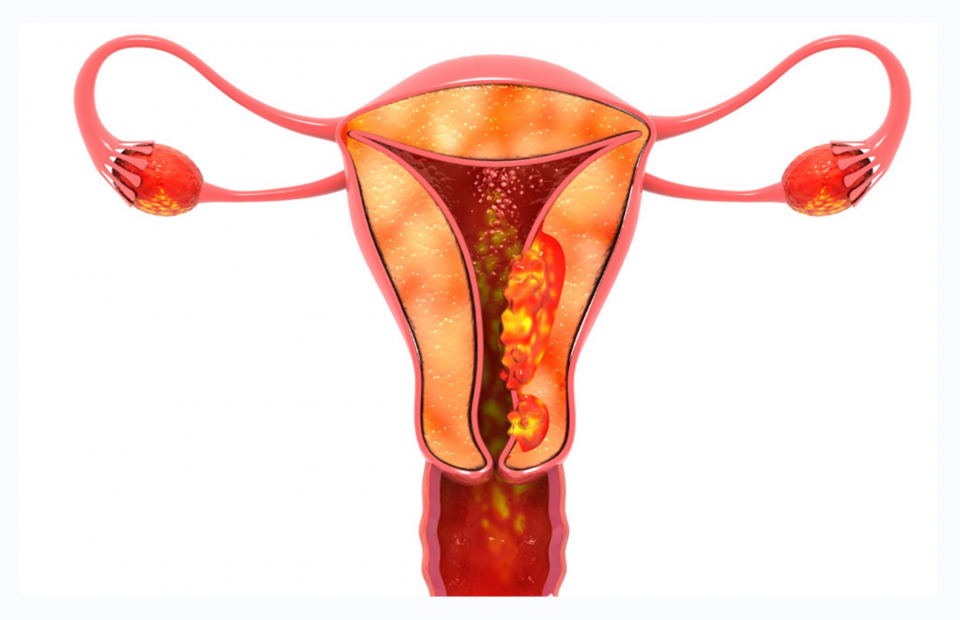Cervical Cancer Is Getting Younger, There Are Five Symptoms in the Early Stage, Please Pay Attention and Prevention
Cancer is one of the most incurable diseases in the world and still poses a great threat to people’s life and health. For women, cervical cancer is a disease that all women are afraid to avoid, and it is also the most common malignant tumor among gynecological tumors, with the incidence rate only below that of female breast cancer. The incidence rate is only lower than that of breast cancer. The incidence age of carcinoma in situ is mainly concentrated at about 32 years old, and the incidence age of invasive carcinoma is mainly concentrated at about 50 years old, and in recent years, the incidence trend of this disease has shown an upward trend, and the trend of the disease has been gradually developing in the direction of youthfulness. Research shows that women with early marriage, early childbearing, multiple births and disordered sex life have a higher prevalence of cervical cancer.
Cervical Cancer Causes Cervical cancer is the only gynecological cancer with a clear cause. The disease is caused by persistent infection with high-risk human papillomavirus (HPV), which is mainly transmitted through sexual intercourse, and all women who have sex have a chance of being infected.
Relevant research data suggests that there are six categories of high-risk groups for the development of cervical cancer:
① Women who have sex too early;
② women with multiple pregnancies and premature births;
③ Women who have several sexual partners themselves or whose spouses have several sexual partners;
④ Women who have had genital human papillomavirus (HPV), herpes simplex virus (HSV), HIV infection or other sexually transmitted diseases;
⑤ Women who smoke, use drugs, or have nutritional deficiencies;
⑥ Women with cervical malignancy (prolonged chronic cervicitis, pre-malignant cervical cancer, etc.).
Women having sex too early is one of the most important causes of cervical cancer. If they do not pay attention to hygiene when having sex or have unclean sex, it will increase the incidence of cervical cancer.
Early Symptoms of Cervical Cancer Early symptoms of cervical cancer are more obvious, and when women have the following symptoms, it proves that they have a great possibility of suffering from cervical cancer.
- Irregular vaginal bleeding. Early stage of cervical cancer patients will have irregular vaginal bleeding, which is mainly manifested as small amount of non-menstrual vaginal bleeding between menstruation periods and postmenopausal vaginal bleeding. However, most women do not pay special attention to this matter, and they usually think that it is caused by irregular menstruation or menopause.
- Contact bleeding. It is mainly manifested in the vaginal secretion containing drops of fresh blood after sex. Especially for middle-aged women who have children, if there are drops of blood in vaginal secretion after sexual intercourse, they should consult the doctor in time, which is likely to be an early warning of cervical cancer.
- Abnormal vaginal secretion. An important clinical manifestation of cervical cancer is abnormal vaginal secretion. It is mainly manifested by the increase of leukorrhea, and the color and smell will also change. In the early stage of cervical cancer, the color and smell of leukorrhea are relatively normal, and it will gradually change into plasma secretion. In advanced stage, the leukorrhea of cervical cancer patients is mainly rice slop or watery.
- Cervical erosion. Most cervical cancer patients will have the symptom of cervical erosion. One of the important reasons for producing cervical cancer is severe cervical erosion. Therefore, women should consult the doctor in time when they find symptoms of cervical erosion.
- Pain. Patients with cervical cancer often have pain in the lower abdomen or waist position, sometimes they also feel pain in the upper abdomen or thighs. The pain will be aggravated when the patient is in menstruation period or having sex. Some patients may also experience nausea.
The trend of rejuvenation of cervical cancer is blocking the development of cervical cancer, which is characterized by multi-causes, multi-factors and multi-stages, while rejuvenation of cervical cancer occurs on the basis of changes in high-risk factors, and is closely related to the age of the patients and physiological and behavioral characteristics of that stage. This trend is predicted to be inevitable, but we can adopt corresponding means to slow it down.
Since HPV infection is the primary and necessary condition of cervical cancer, and the rejuvenation of cervical cancer also occurs on this basis, we should strengthen the pathogenesis of various high-risk factors and HPV, especially high-risk types of HPV in young cervical cancers, and the detection and diagnostic techniques, especially increase the research on the relationship between the inhibition of telomerase activity, HLA polymorphism and young cervical cancer, and make substantial progress on the research on the aetiology and pathogenesis of the incidence of young cervical cancer. Only by making substantial progress in the research on the etiology and pathogenesis of young cervical cancer can the trend of young cervical cancer be curbed.
At the same time, the curbing of the trend of young cervical cancer also depends on a large number of cervical cancer screening work, doing fine work, and active treatment of pre-cancerous cervical lesions.
We should also actively publicize knowledge of STD prevention and treatment and promote late marriage and childbearing to raise women’s health awareness in order to reduce the incidence of cervical cancer among young people.
In addition to some of the measures mentioned above, girls of the right age can choose to receive the HPV vaccine according to their specific situation.




